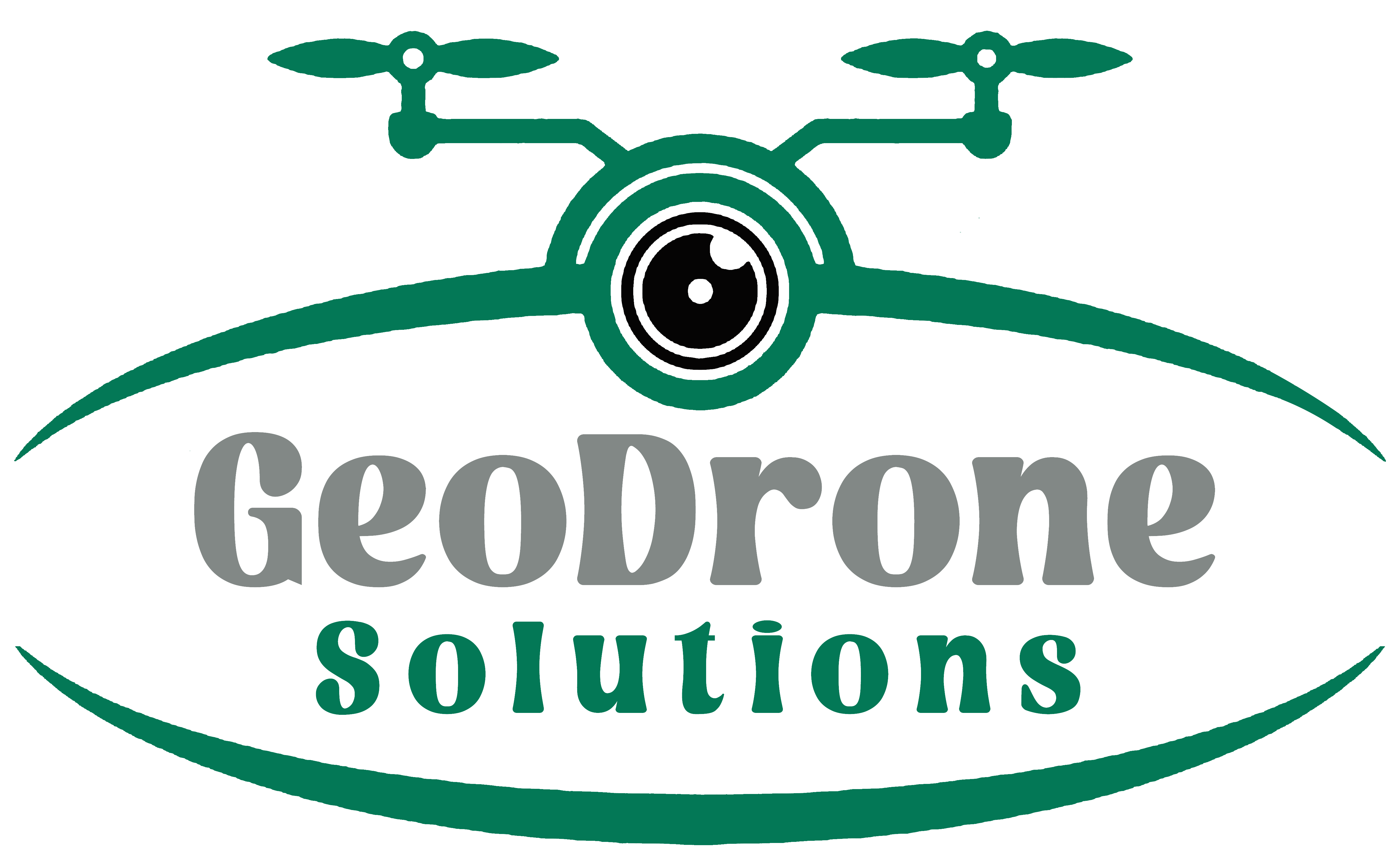Agriculture

“Cultivating Tomorrow’s Harvest: Harnessing Drone Precision for Smart Agriculture, Crop Vigilance, and Precision Mapping.”
The application of drones in precision agriculture holds significant benefits for farmers, agronomists, and the agricultural industry as a whole. Here are key aspects highlighting the significance of drone technology in precision agriculture:
Crop Monitoring and Health Assessment:
Drones equipped with high-resolution cameras and sensors can capture detailed imagery of crops. This allows farmers to monitor crop health, identify diseases, pest infestations, and nutrient deficiencies early in the growing season, enabling timely intervention.
Precision Crop Spraying:
Drones can be used for targeted and precise application of fertilizers, pesticides, and herbicides. This reduces chemical usage, minimizes environmental impact, and ensures that inputs are applied only where needed, optimizing resource efficiency.
Aerial Imaging and Mapping:
Drones can create detailed maps and 3D models of fields, providing farmers with valuable insights into variations in soil health, moisture levels, and crop growth. This information helps in optimizing planting patterns and irrigation strategies.
Yield Prediction and Monitoring:
Drone-collected data, combined with advanced analytics, enables farmers to predict yields and monitor crop performance over the course of the growing season. This information assists in better decision-making related to harvesting and marketing.
Resource Optimization:
Drones contribute to efficient resource management by identifying areas with excess or insufficient irrigation, helping farmers optimize water usage. This leads to improved water conservation and reduced operational costs.
Early Detection of Crop Stress:
Drones equipped with multispectral and thermal sensors can detect signs of stress in crops before they become visible to the naked eye. This early detection allows for targeted intervention to prevent yield loss.
Livestock Monitoring:
Drones can be used to monitor and manage livestock, providing farmers with insights into herd health, behavior, and grazing patterns. This enhances overall farm management practices.
Time and Labor Savings:
Drones can cover large agricultural areas quickly, saving time and labor compared to traditional manual methods. This efficiency allows farmers to focus on more strategic and decision-making aspects of their operations.
Weather and Environmental Monitoring:
Drones equipped with weather sensors can collect real-time data on temperature, humidity, and other environmental factors. This information helps farmers make informed decisions about planting, harvesting, and other critical activities.
Data-Driven Decision Making:
The wealth of data collected by drones supports data-driven decision-making. Farmers can use this information to optimize inputs, improve crop management practices, and maximize overall farm productivity.
Affordability and Accessibility:
Advances in drone technology have made these tools more affordable and accessible to a wider range of farmers. This democratization of technology allows even small-scale farmers to benefit from precision agriculture practices.
In summary, the significance of drone applications in precision agriculture lies in their ability to provide real-time, actionable data, enabling farmers to make informed decisions, optimize resource use, and enhance overall productivity and sustainability in modern farming practices.
